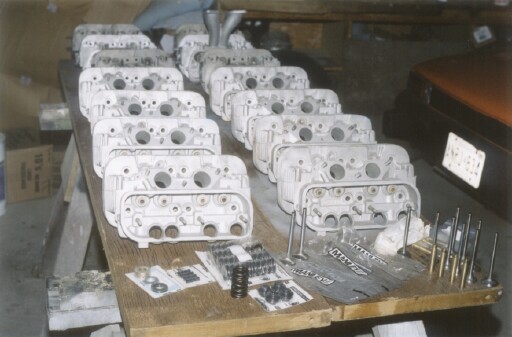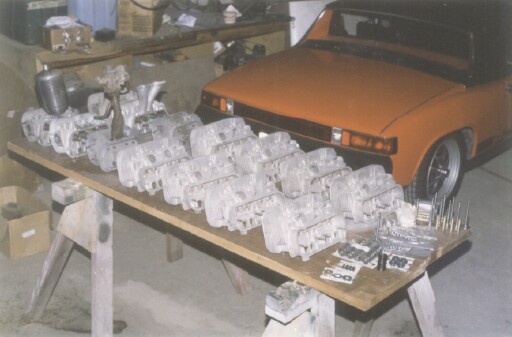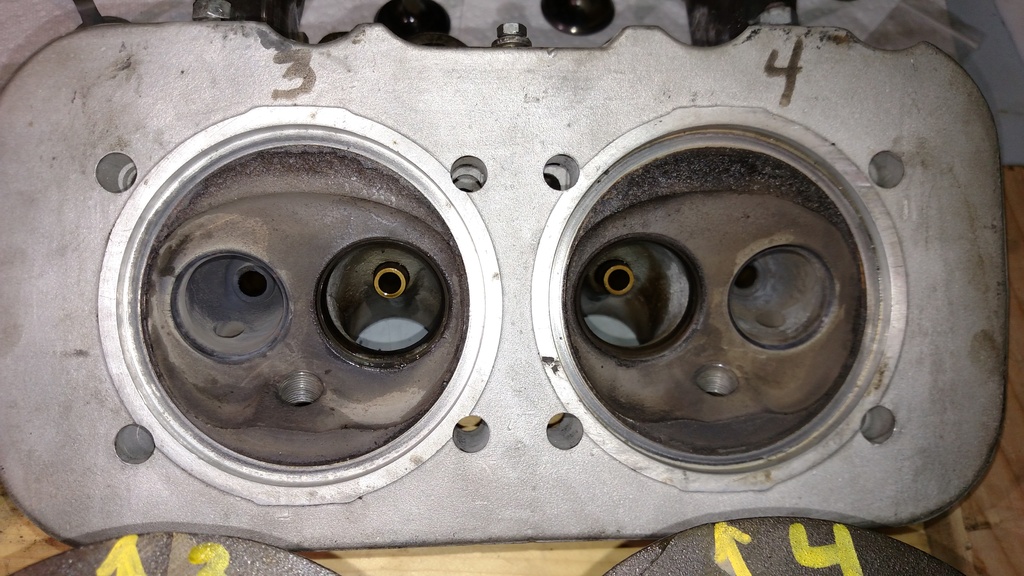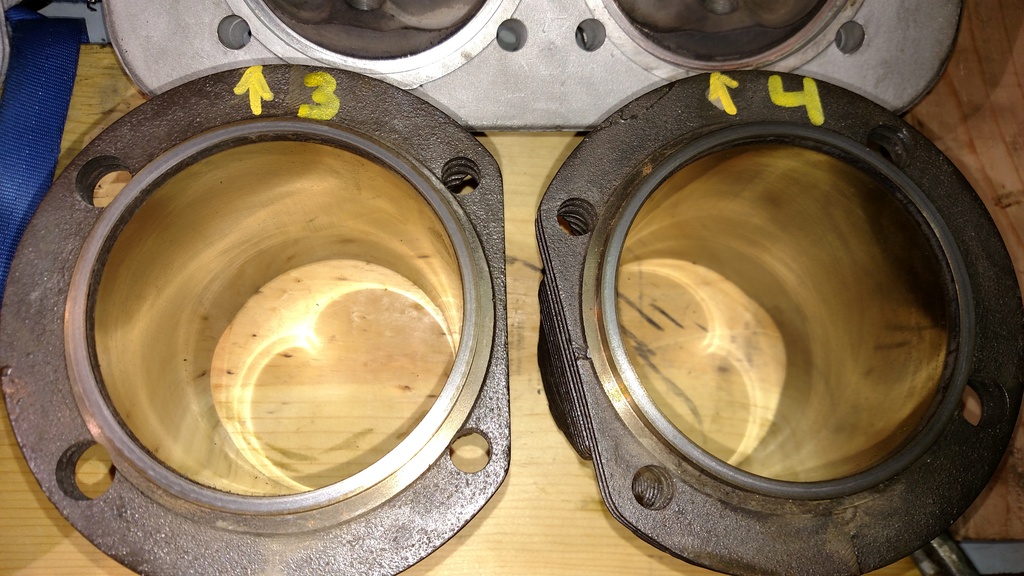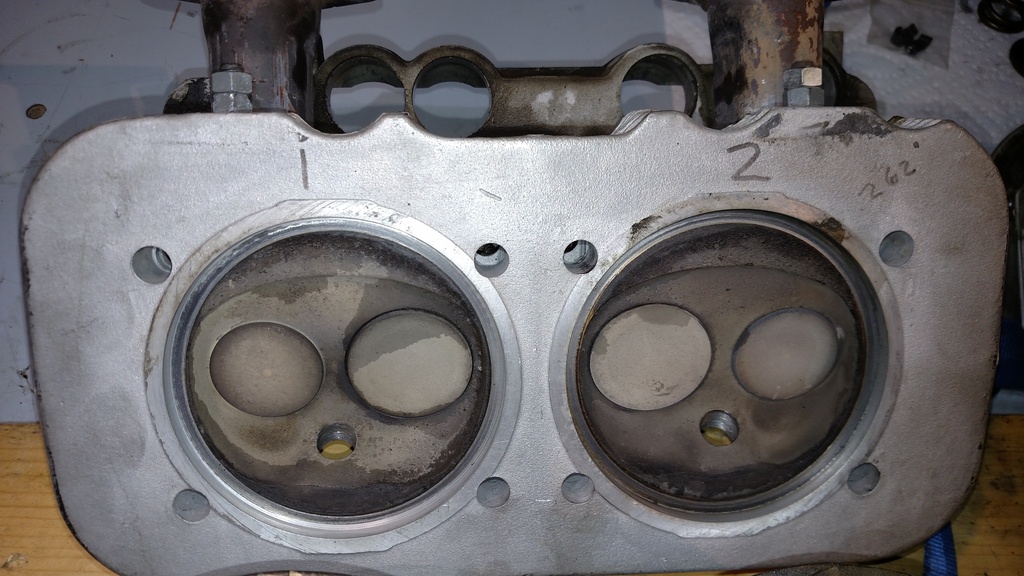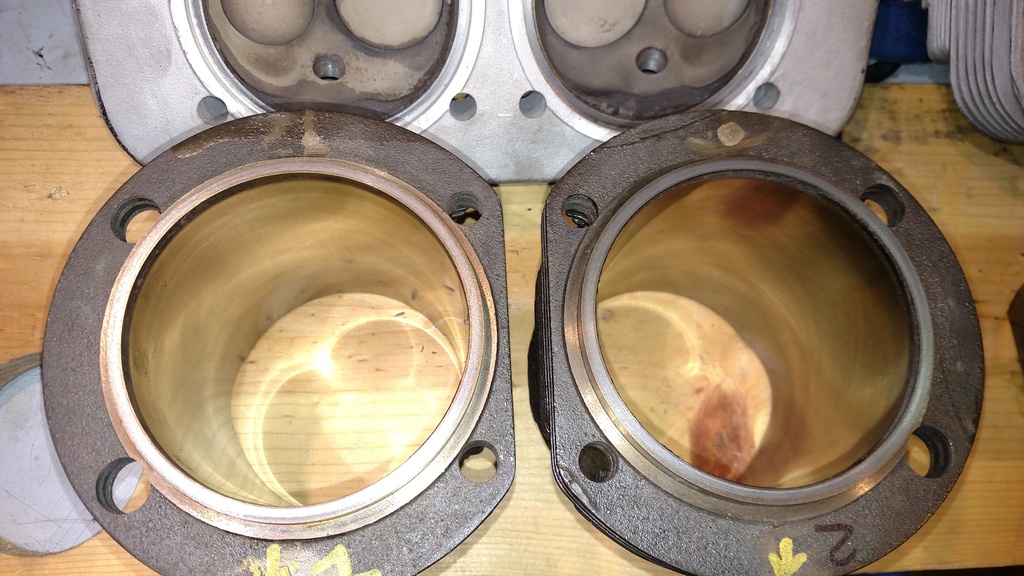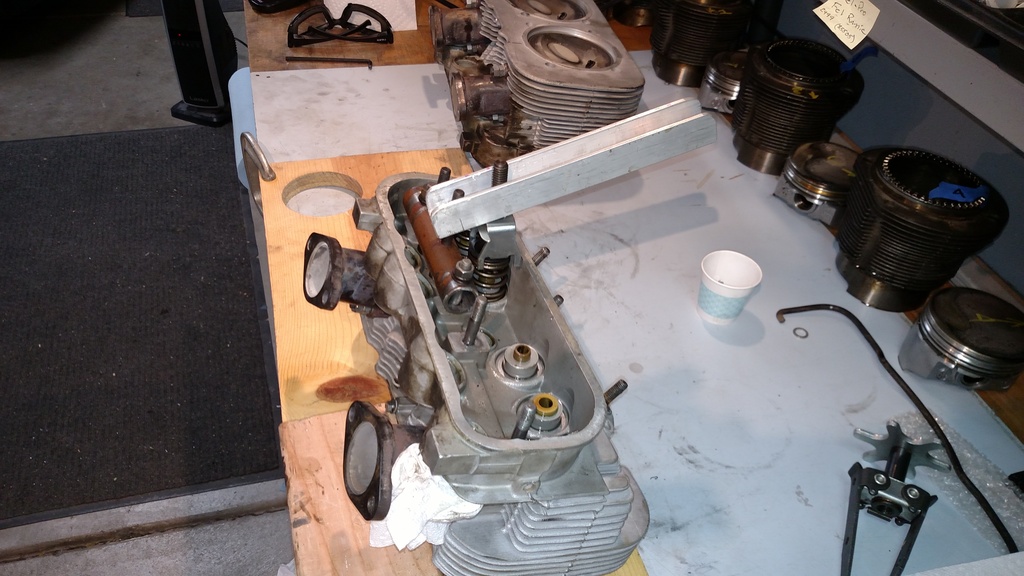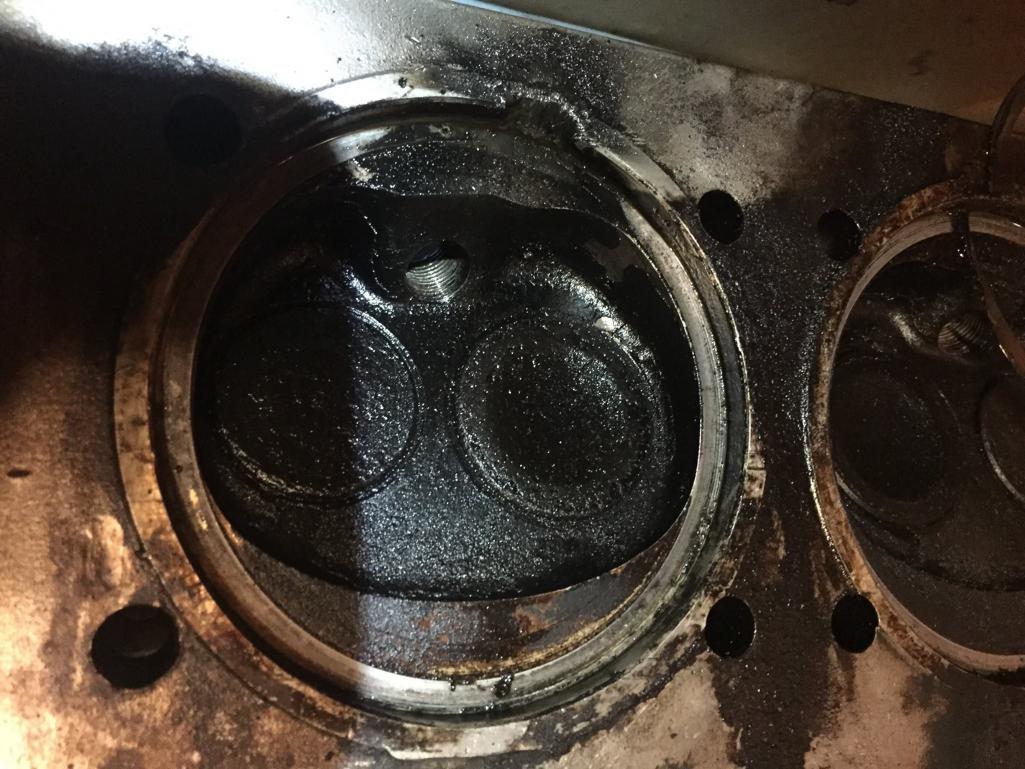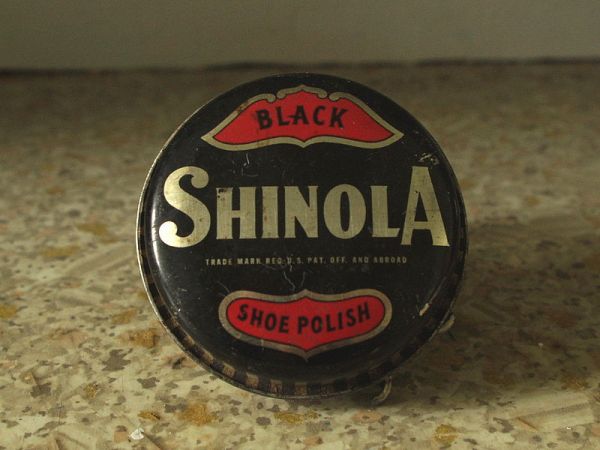Tried to find that discussion mentioned upthread. Not sure if it was one of these, but here are some pull quotes for historical perspective...
2009:
http://www.914world.com/bbs2/index.php?showtopic=99426 QUOTE(brandomc @ Sep 16 2009, 04:21 PM) *
QUOTE(aircooledtechguy @ Sep 16 2009, 04:13 PM) *
These gaskets PROMOTE leaks and should NOT be used.
Thanks for the info, that sounds like a good solution. Does everybody else agree?
I DO NOT agree. 36 Years of T4 experience, all of it professionally, tells me you need to use/keep the head gaskets on a stockish 1.7. If you choose to delete them, be sure to calculate and shim the cylinders to make up for the increased compression, something you DO NOT want, especially with the fuel we get today...... If you have erosion on either the cylinders or the heads, you'll need to replace the pistons and cylinders or surface the heads, which ever is appropriate, and shim the cylinders to compensate for the material removed. DO NOT lap the cylinders into the heads. Your eyes and arms DO NOT constitute a vertical milling machine, and they're not gonna maintain the tolerances. You will need head gaskets, pushrod tube gaskets, exhaust gaskets, valve cover gaskets, and intake insulator/gaskets.
The Cap'n
http://www.914world.com/bbs2/index.php?showtopic=113219Nice (sick) photo of a failure.
2011:
http://www.914world.com/bbs2/index.php?showtopic=145983QUOTE(larss @ Sep 29 2011, 06:48 AM) *
If I don't fit any gasket at the top of the cylinders (which is what every expert suggests) will this affect the type/thickness of shim used at the bottom or is the increase in compression so marginal that standard shims can be used?
/Lars
"Every expert suggests"? What, I'm no expert, despite my 38 years of T4 engine building? I use them and I've never had a problem.
The Cap'n
You obviously don't know, because you couldn't find the technical bulletin, that the delete applies ONLY to the 2 liter busses with the modified replacement cylinder heads. It doesn't apply to the original heads, nor to the 1.7/1.8 engines, nor to the 2.0 Porsche engine. The internet is filled with people who mention the document but have failed to either read or understand it. Lotsa cases like that, and not just in the car related sites. People hear things and repeat them as if they were true. Jake, among others, leaves the gaskets out, and I'm fine with that. He has the R&D and practical experience to do that, and he has the ability to prepare ALL the necessary surfaces in order to do it right, and not to just leave them out. FWIW, if your heads are not new and untouched, the CC volume isn't going to be "standard". Surfacing the head changes the CC volume, and the amount of change depends on the depth and the number of times it's been done.
The Cap'n
2014:
http://www.914world.com/bbs2/index.php?showtopic=245617If you're willing to put the kind of basic prep work into your engine that Jake does, the absence of head gaskets is probably not going to be a bad thing. How many folks here have the cases checked for warpage, and corrected both at the bore AND the deck? People on this forum complain about the cost of a rebuild, and they don't even do a proper "remanufacture". Most just do the minimum and forget it until something fails prematurely. Not so Jake, and not so me.
The Cap'n
there ARE times when a head gasket is a good idea. When you have questionable machining from a flycut, for example, and lapping won't be enough. Or when have no other way to get deck height, are building a performance engine that will be torn down frequently, things like that. Or even when you just damned well want to
DBCooper
The point that everyone here seems to have missed is VW redesigned the cylinder heads. The Spanish heads are of the redesigned variety. When that happened, the head gaskets were no longer necessary. They DO NOT tell you to leave out the head gaskets on engines not of the specified series. Note, too, that the 914 2.0 is a VW "BASED" engine, and the pistons, cylinders, and heads are different from the 2.0 VW engine.
The Cap'n
